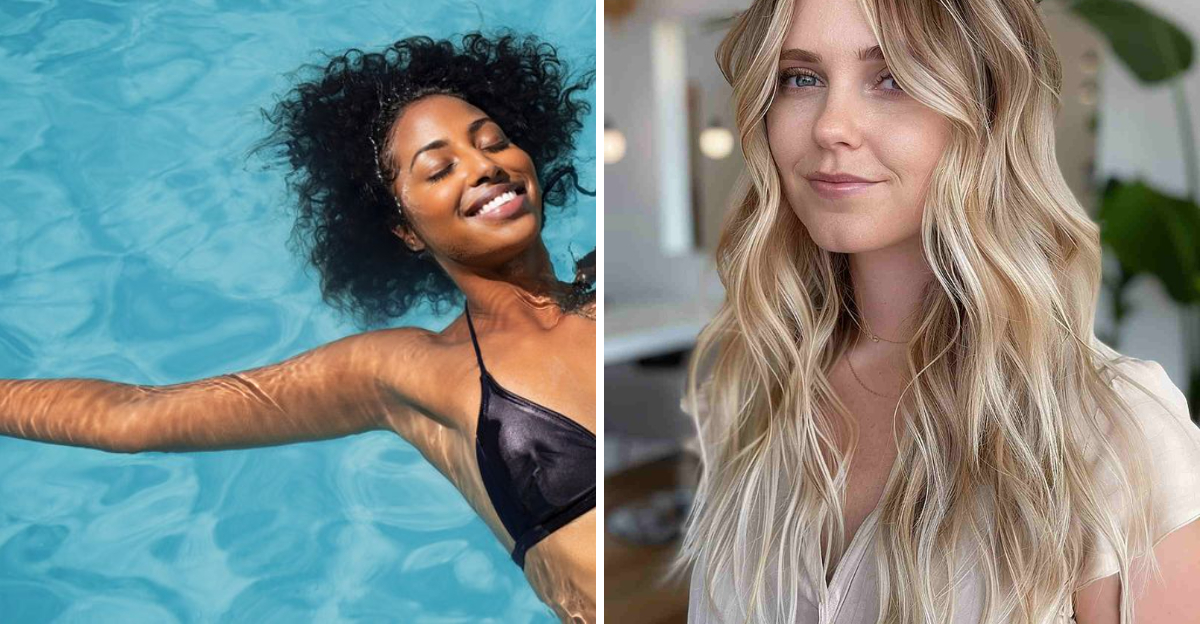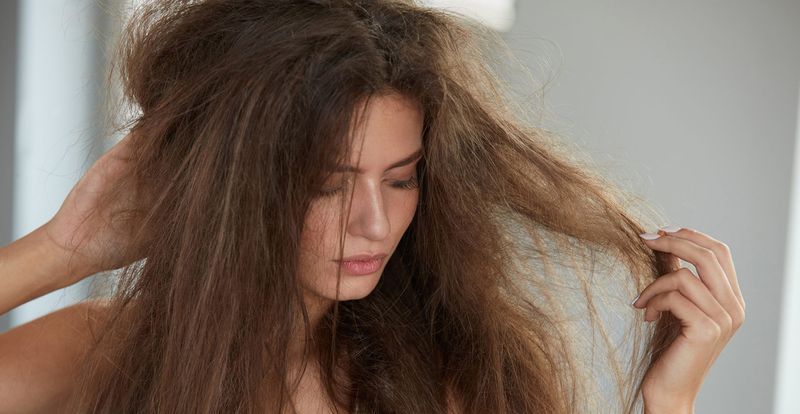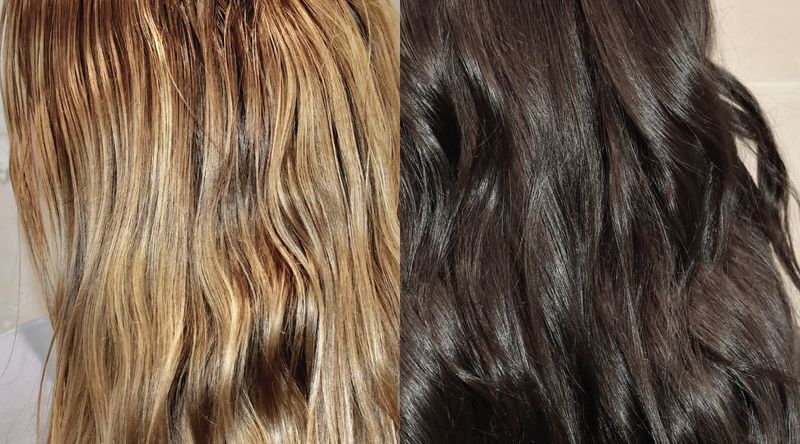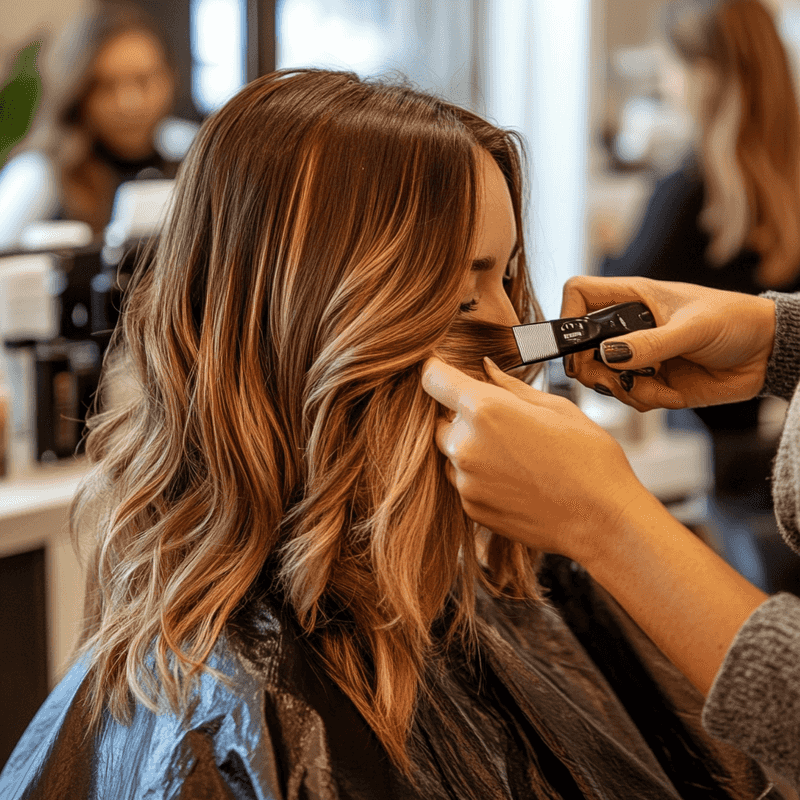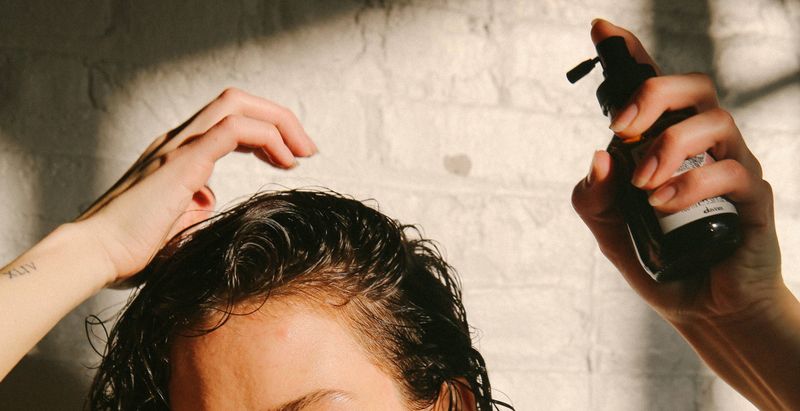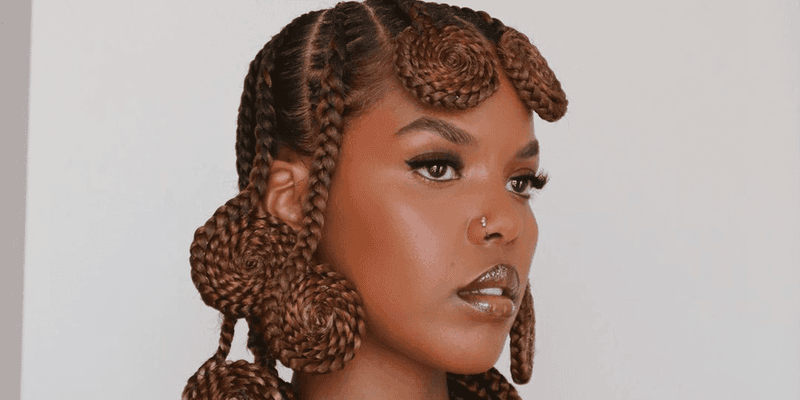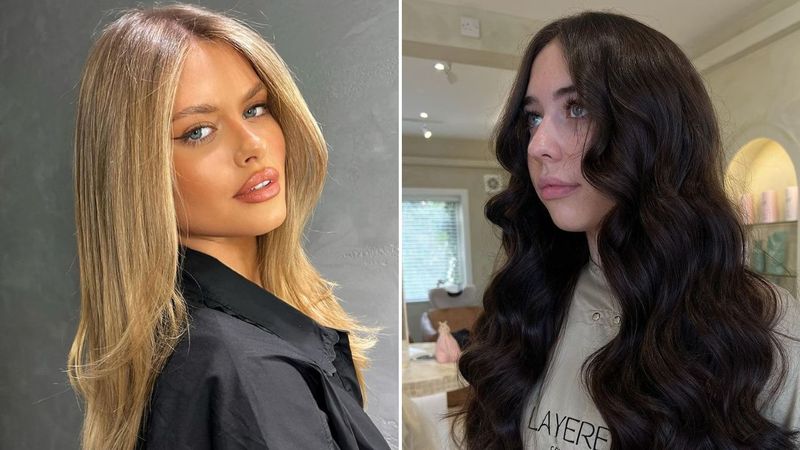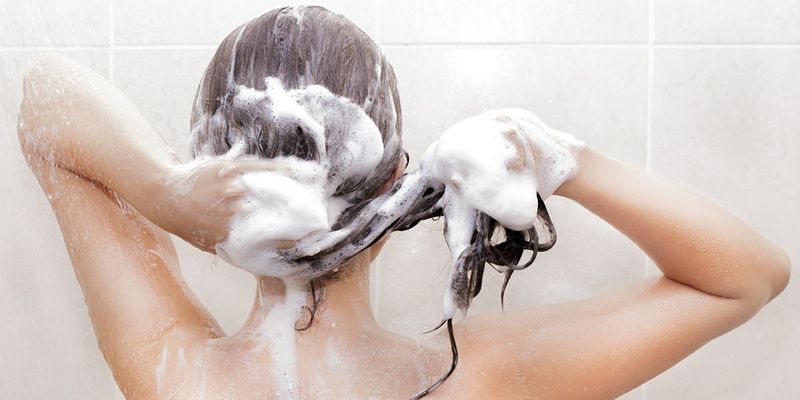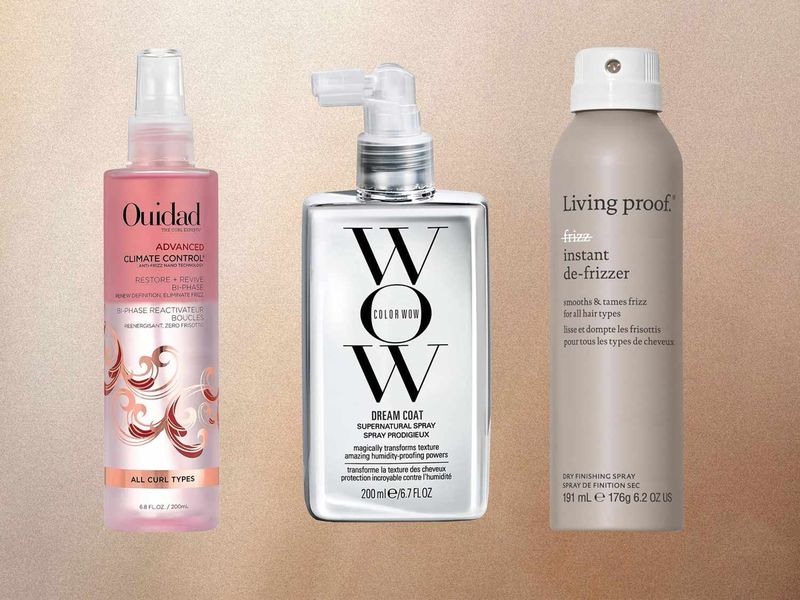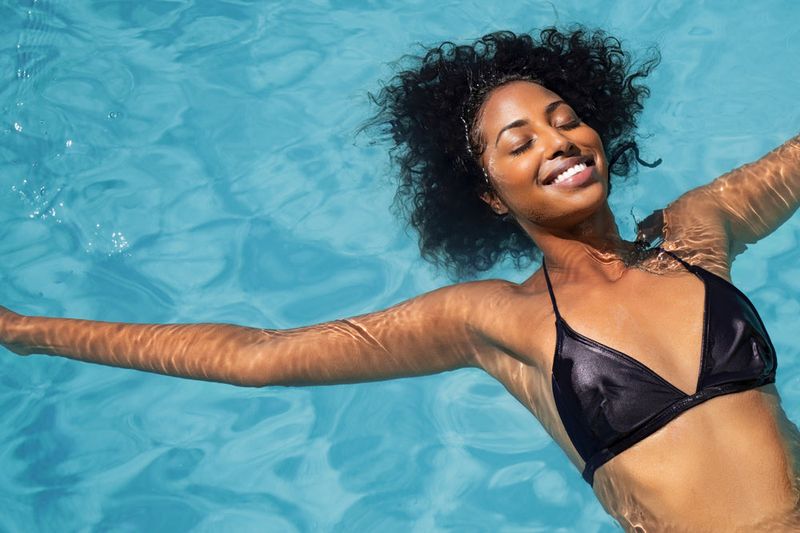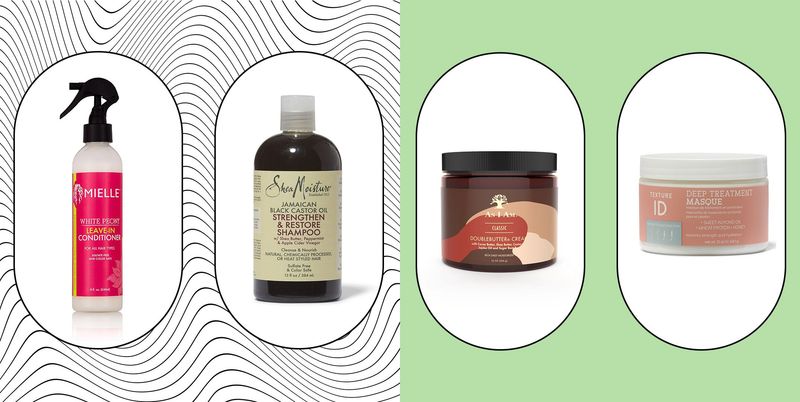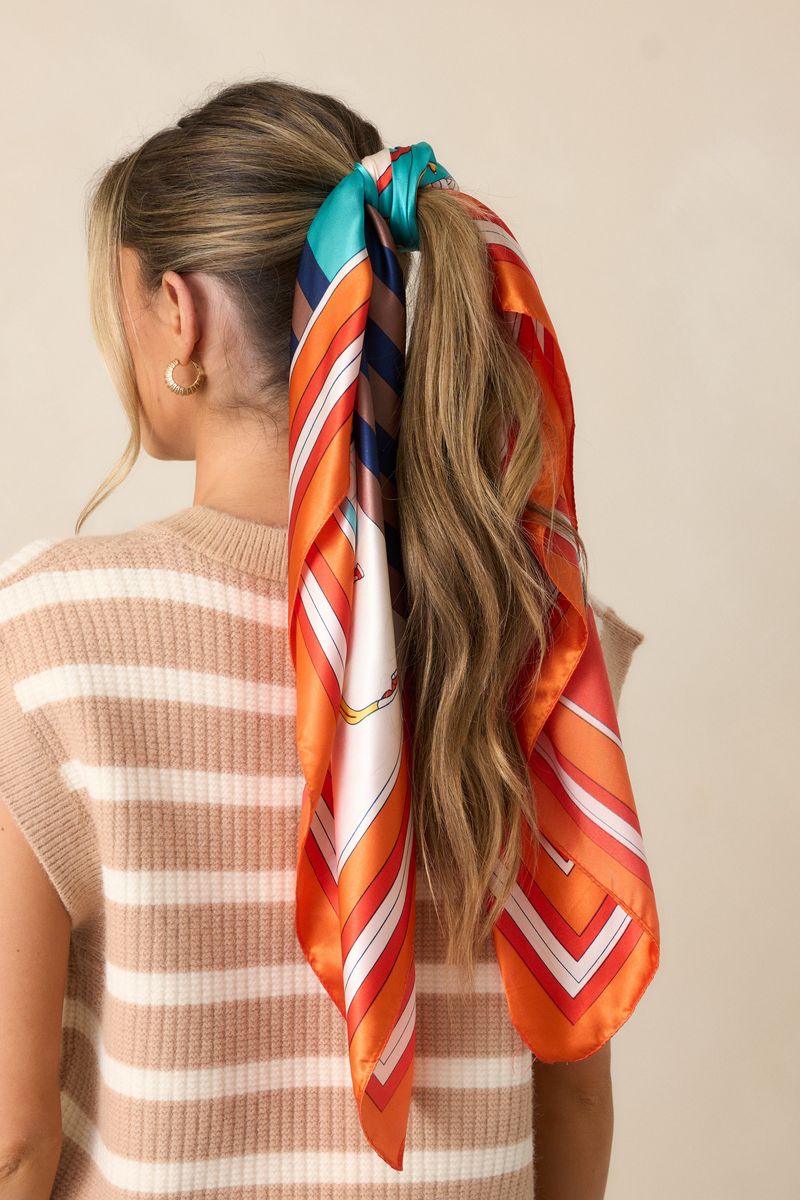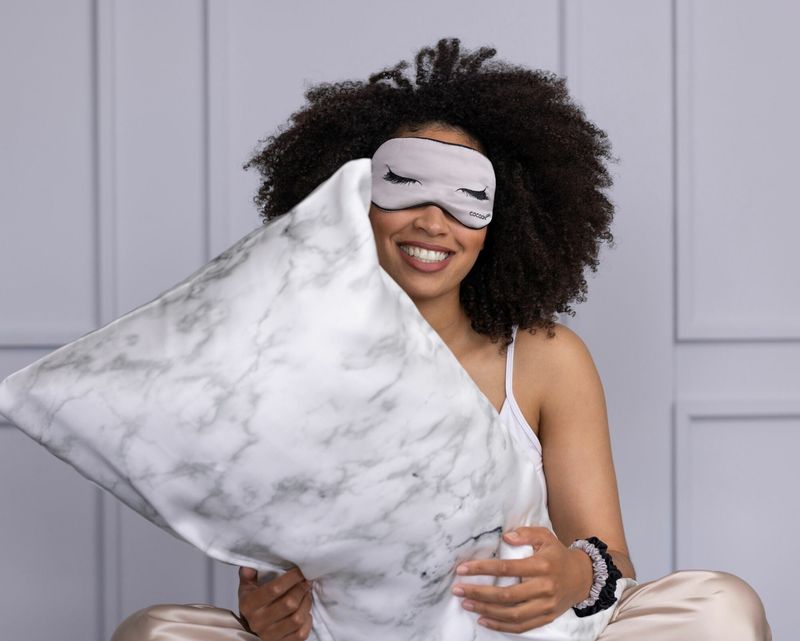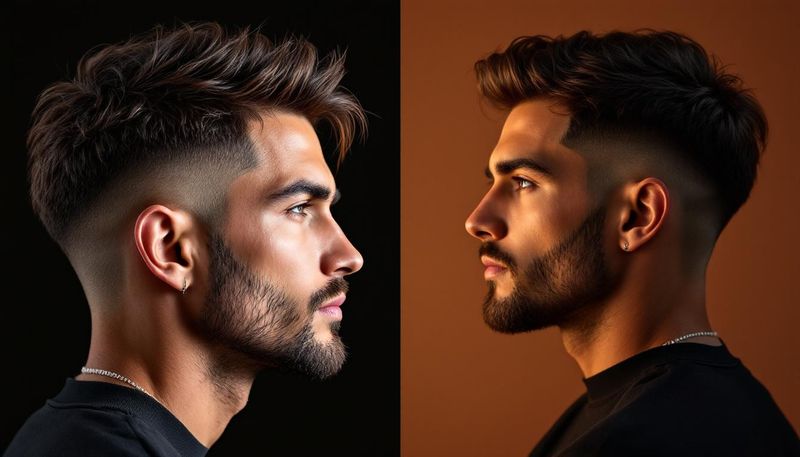Hair care changes with the seasons just like our wardrobes do. When temperatures drop or soar, our locks need different kinds of attention to stay healthy and look great.
Understanding these seasonal shifts helps you adapt your hair routine and choose styles that work best year-round.
1. Moisture Levels Matter
Winter air sucks moisture from your strands, leaving them parched and static-prone. Summer humidity does the opposite—pumping excess moisture into hair, often causing frizz.
Adjusting your conditioning routine seasonally prevents these weather-related hair woes.
Related: -Thinking About Box Braids? Here Are 17 Things You Should Know
2. Color Protection Strategies
Summer sun fades hair color faster due to harsh UV rays. Winter offers natural color protection with less sun exposure.
Smart stylists recommend deeper, richer hues for fall/winter and lighter, sun-kissed shades for spring/summer to work with nature’s effects.
3. Heat Styling Frequency
Cold months often mean more blow-drying and heat styling to avoid going outside with wet hair. Summer allows for air-drying and beach waves.
This seasonal difference impacts hair health dramatically—winter requiring more heat protectants and summer needing UV shields.
4. Scalp Care Concerns
Winter brings flaky, dry scalps from indoor heating and cold air. Summer creates oily scalp issues from increased sweat production.
Your shampoo rotation should shift accordingly—clarifying formulas for summer and moisturizing options for winter months.
5. Protective Style Choices
Braids and updos protect winter hair from harsh winds and friction against scarves and collars. Summer calls for styles keeping hair off necks while shielding from sun damage.
The goals differ: winter styles prevent breakage while summer ones manage heat.
6. Length Preferences Shift
Long locks provide natural warmth in winter, acting like an extra scarf. Short cuts feel cooler and more manageable during sweaty summer months.
Many people schedule major cuts seasonally—growing out for winter warmth and chopping for summer comfort.
7. Washing Frequency Changes
Summer sweat and oils mean more frequent washing—sometimes daily. Winter allows stretching between washes since scalps produce less oil in cooler weather.
Dry shampoo becomes a winter staple while clarifying products shine in summer hair routines.
8. Weather Protection Needs
Rain, snow, and wind demand winter styles that stay put. Summer brings humidity challenges requiring anti-frizz strategies.
Weather-appropriate products make all the difference—anti-humidity sprays for summer and anti-static serums for winter styling success.
9. Hat Hair Solutions
Winter beanies and hats flatten styles and create static. Summer hats protect from sun but cause sweaty roots.
Texturizing sprays help winter hat-wearers while dry shampoo refreshes summer hat hair without full washing.
10. Swimming Hair Protection
Summer swimmers battle chlorine and salt water damage. Winter indoor swimmers face similar issues but less frequently.
Pre-swim hair treatments differ seasonally—summer requiring more intensive protection since outdoor swimming happens more regularly.
11. Styling Product Weight
Heavy creams and oils work beautifully in winter, sealing moisture without feeling greasy. Summer requires lighter formulations that won’t melt or feel heavy in heat.
Smart stylists swap their product arsenal seasonally for optimal results.
12. Natural Texture Emphasis
Summer embraces natural texture—beachy waves and curly styles thrive in humidity. Winter often sees more structured, polished looks as humidity drops.
Seasonal styling shifts with nature’s moisture levels rather than fighting against them.
13. Hair Accessory Trends
Functional winter accessories include soft scrunchies and fabric headbands that won’t snag static-prone strands. Summer brings decorative clips and colorful scarves that keep hair off necks.
Accessories serve different purposes by season beyond just fashion.
14. Overnight Protection Methods
Silk pillowcases prevent winter static and breakage from dry air. Summer nights call for loose braids that manage sweat and prevent tangling.
Nighttime routines should adapt seasonally just like daytime styling approaches.
15. Haircut Maintenance Schedule
Winter hair grows slower due to natural hibernation patterns. Summer growth accelerates with increased blood circulation in warmer months.
Trim schedules should adjust accordingly—every 8-10 weeks in summer versus 10-12 weeks during winter months.

